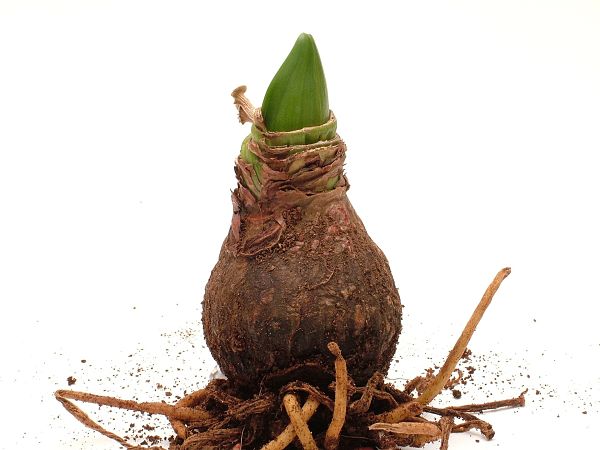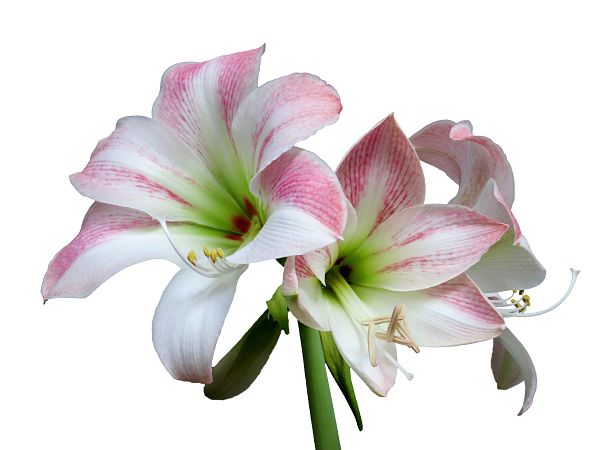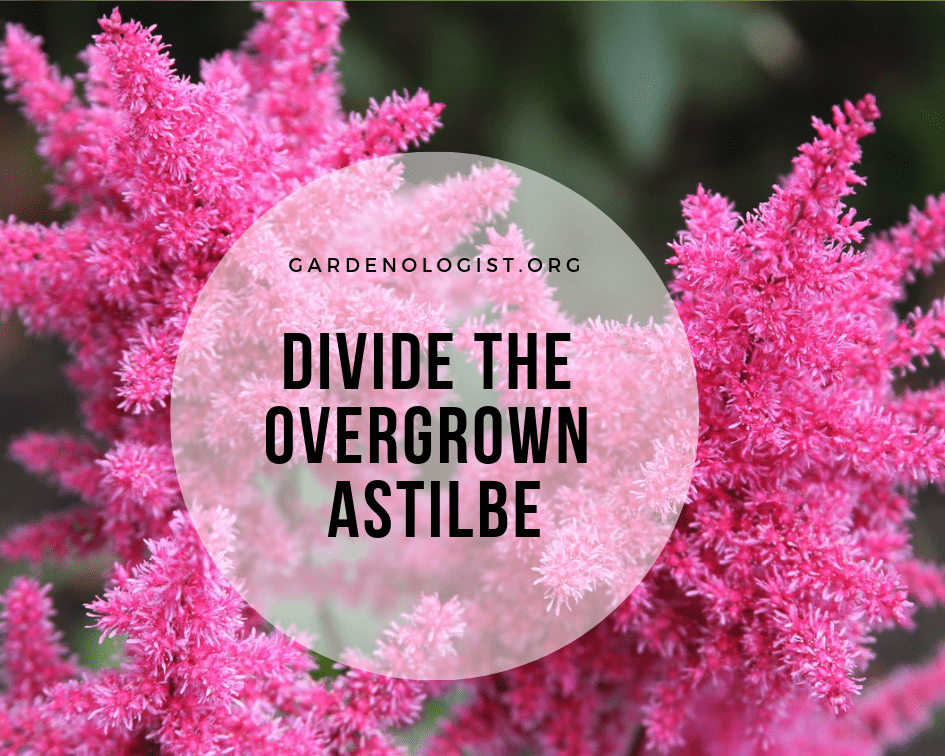This post may contain affiliate links. As an Amazon Associate we earn from qualifying purchases.
This is the time of year when amaryllis shines and most other plants are lying dormant. It’s because it’s a spectacular winter bloomer that it’s one of America’s favorite houseplants.
If, right about now, you crave tall, showy flowers (that sit atop t- to3-foot stalks), make a note to get some amaryllis bulbs for next winter.
If you’re already growing one, learn how to care for it so that you can enjoy the gorgeous winter flower show.
What you’ll need to grow amaryllis bulbs
- Shallow pan
- Small plant stake
- Soft plant ties
- Garden snips
- Fertilizer

How much light does the amaryllis need?
The ideal spot for the amaryllis is next to a window that receives diffused sunlight. The temperature should remain between 68 to 70 degrees Fahrenheit while it’s flowering. When it’s not in bloom, decrease the room’s temperature to 65 degrees.
How much water?
Touch the soil and when the top 1-inch is dry, it’s time to water the amaryllis. Bottom watering is best, so find a shallow pan and place the pot into it. Fill the pan with water until it reaches halfway up the sides of the amaryllis pot and allow it to sit until the top of the soil is wet.
While it’s in bloom
The long amaryllis flower stalk has a tendency to bend. Avoid this by placing a small plant stake into the soil next to the stalk and use soft plant ties to loosely tie the stalk to the stake.
You’ll find Tingyuan Garden Stakes in a variety of lengths to suit the amaryllis’ height at Amazon.com. They also carry the soft plant tie tape that we use
Care after the amaryllis blooms
Use sharp garden snips to the dead flowers from the stem. At this point you can remove the stake. When the stem begins to bend, cut it to within 2 inches of the bulb, move it to a sunny location and keep the soil moist during this time.
In spring, move the plant outdoors, water it every day and fertilize bi-weekly with a 20-20-20 fertilizer, at the rate suggested on the fertilizer label.
In fall, the foliage will turn yellow, so cut it back to the top of the bulb and move the plant back indoors to a shady area that remains about 55 degrees.
Withhold water at this point to ensure the bulb goes dormant. Allow it to rest for eight weeks and then resume watering and move it back to the area with diffused sunlight.
Amaryllis problems you may encounter
There are two diseases that may be responsible for problems with an amaryllis’ stalk: red blotch or mosaic virus. Red blotch is caused by a fungus and causes red spots on all parts of the plant. The stalk will eventually bend over or even break at the point of infection.
Mosaic disease returns every season, causing yellow spots on the foliage and an overall reduction in plant size. Each season the stalks will be shorter.
Management of both diseases involves digging up the bulbs. Don’t compost them–they must be destroyed.
Find gorgeous amaryllis bulbs for sale at Amazon.com.





